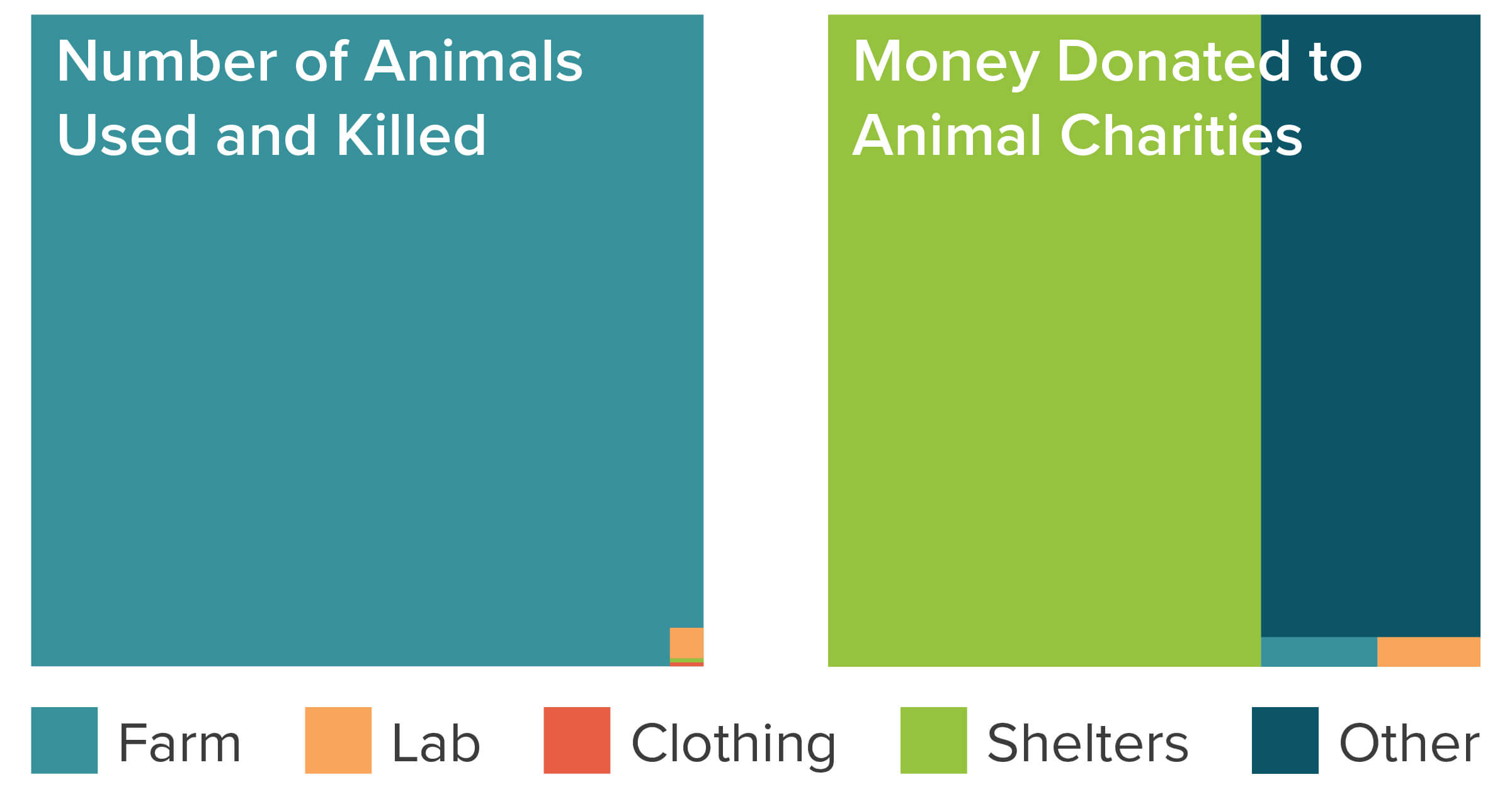 |
| Soruce: beaveronline.co.uk |
One the topic of animal cruelty I learned about things that took place in a variety of locations and also a varieties of problems that animals are faced with. In respects to the places in which it can take place, I learned that animal cruelty can happen any where. The books I read highlighted the abuse that happened in labs, in farms and slaughter houses, and also abuse that takes place at peoples homes. In addition to learning the different areas which abuse can take place in, I also learned about the difference between the need versus the amount of donations given. this topic was highlighted in Peter singer presentation when he brought up the fact that farm animals makeup the largest percentage of animals being treated poorly, but dogs and cat are one of the smallest percent. This being said, the dogs and cats received the most financial support where as farm animals receive the least. This brings up the next thing I learned from reading books on the topic of animal rights. I learned that often laws set are not followed and if they are followed, they often do not fully protect the animals to being subjected to any inhumane treatment.
 |
| Source: animalcharityevaluators.org |
Some of these laws which do not fully protect animals include the animal welfare act of 1966 which has since been revised. This document did not full protect animals from abuse and left gaps where the law could be interpreted in different ways. This website actually talks about the history behind the animal welfare act and discusses how it provides insufficient protection to all animals. Although since the act was originally passed many things have been changed, but there are still was for things to take place behind closed doors. For example, in the first book I read, the lab which the monkeys were kept in was passing inspection even in its decrepit state. This shows how with any amount of money or connections corrupt companies can get away with things other cannot. Since that book was published I do believe many things have improved, but it definitely is still a problem today, and that is why I have dedicated this quarter to learning more about what really goes on behind closed doors.
"The Animal Welfare Act is intended to ensure the humane treatment of animals that are intended for research, bred for commercial sale, exhibited to the public, or commercially transported. Under the AWA, businesses and others with animals covered by the law must be licensed or registered , and they must adhere to minimum standards of care. Farm animals are among those not covered by the act."
The quote above is taken from slideshow which is linked, the slide show covers many things relating to the animal welfare act and animal rights in general.
But how would donating money to a farm help? They wouldn't kill fewer animals because of that. As long as the same number of people are eating meat, the farms will do the same things. Right?
ReplyDeleteThe money would not be directly donated to the farms it would be given towards giving money to afford better facilities and better resources for this group of animals. Like you pointed out it would not have an impact on how many people eat them, but it could for examples allow chickens to be free rage instead of being kept in a crowded facility which poses many health risks for them.
Delete